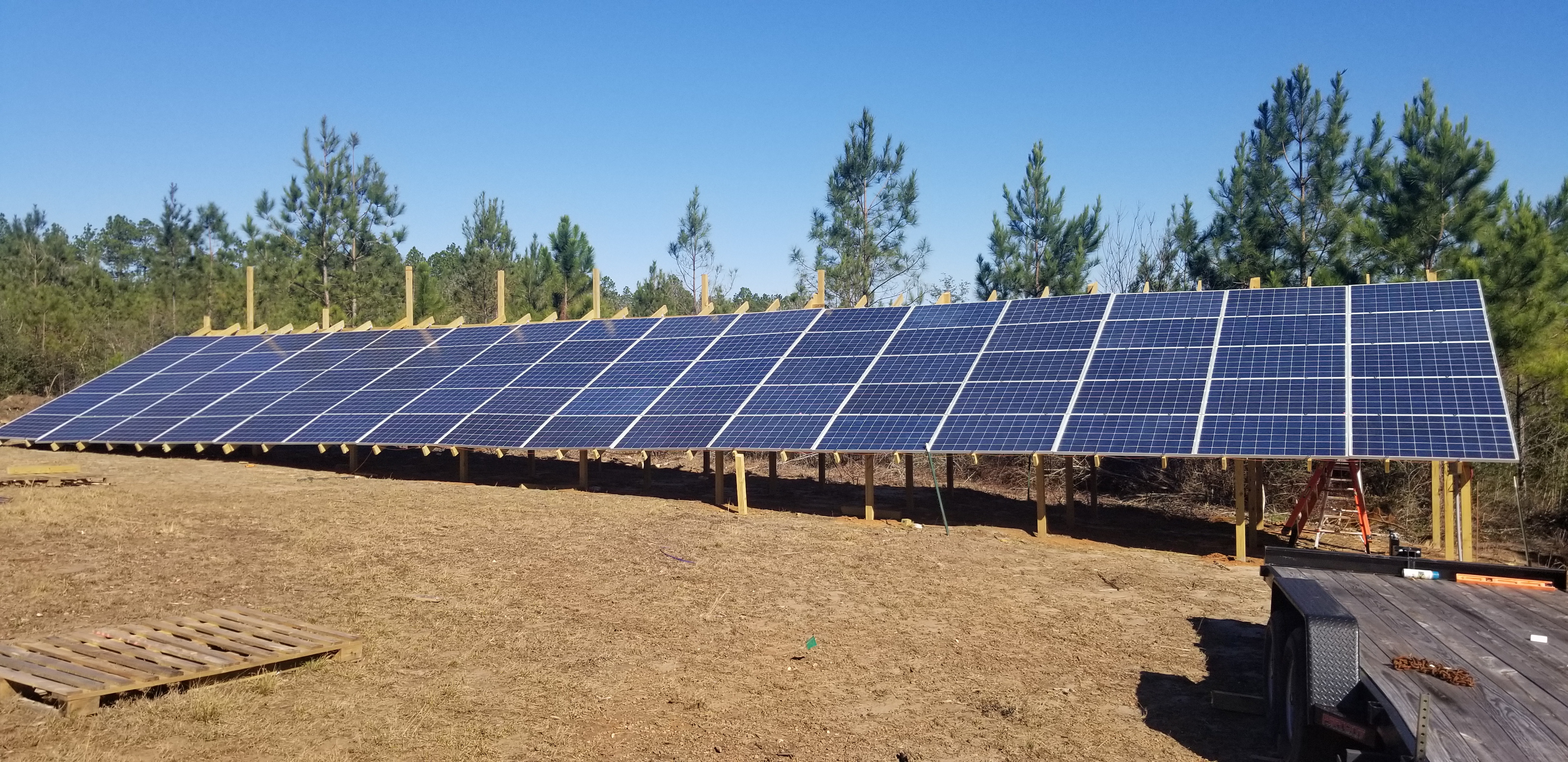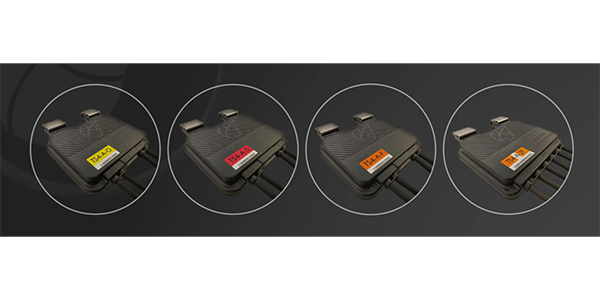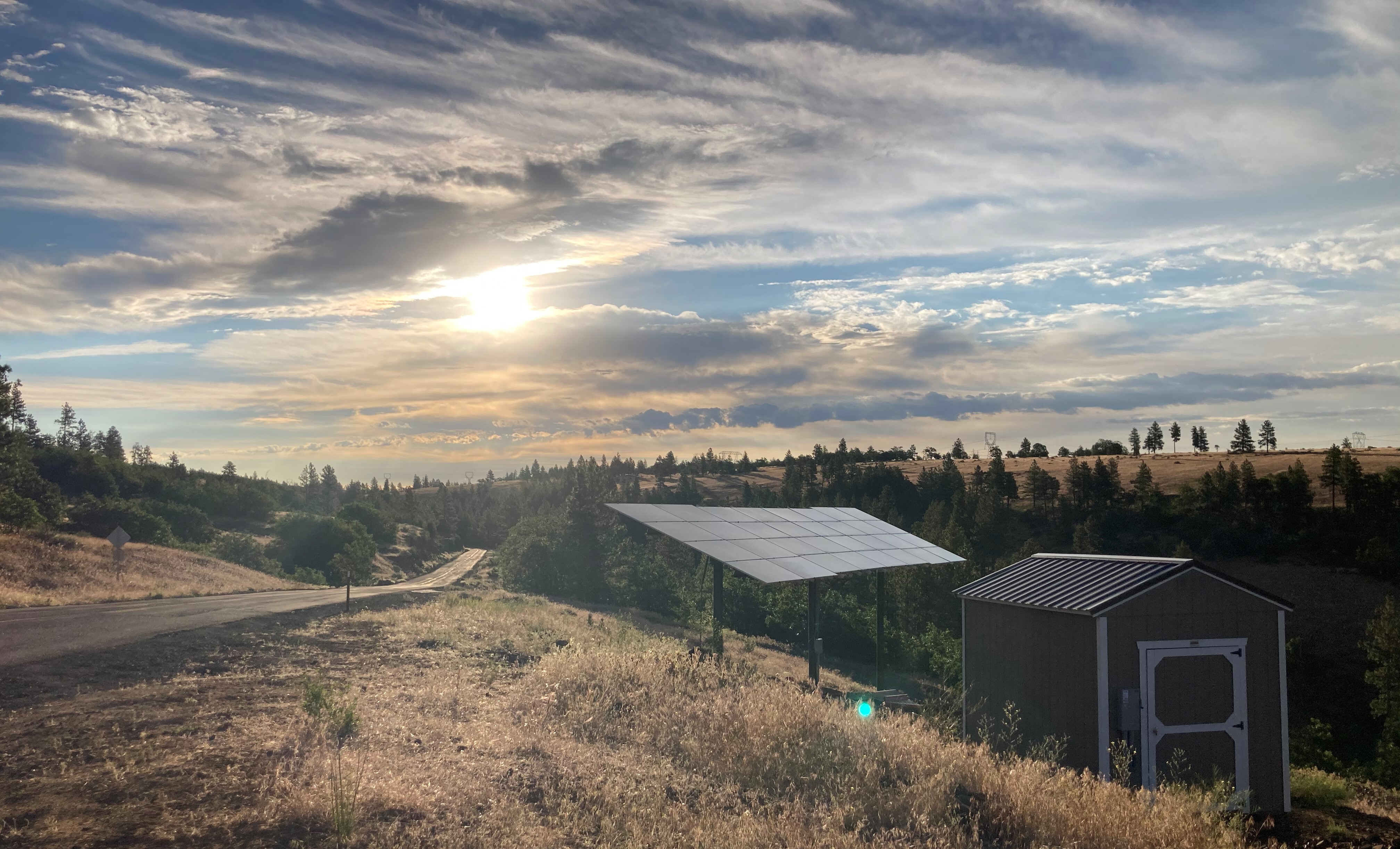Solar Panels: How Many and What Size Do I Need?

In this segment of our series on building an off-grid solar power system is how to figure out how many solar panels you'll need for your solar system. The number of solar panels needed to go off-grid depends on the following factors:
- Amount of electricity you use
- Amount of usable mounting space
- Amount of direct daily sunlight
- The type of solar panel you need
After discovering how much power you need to make per day, you'll need to determine how much usable sunshine you'll have.
The amount of usable sun at your location should not be confused with the number of hours of daylight at the location. For example, the sun isn't as bright in the morning as it is at noon, so an hour of morning sun may be counted as half an hour. Whereas the hour from noon to 1 PM would be a full hour. Keep in mind, the further you are located from the equator, you won't get the same number of hours of sunlight in the winter as you would in the summertime. It is a good idea to plan for the season (like the wintertime) that will get the least amount of usable sun from which you will be using your system. This helps from running short on solar power for part of the year. Seasonal use, like a summer camp or vacation cabin, is not as crucial since it won't be used as much as a year-round home or cabin.
 Solar Panels come in various forms, shapes, and sizes. Usually the larger the panel, the higher the panel performance. In other words, more photovoltaic cells are able to be mounted inside of it, thus better performance.
Solar Panels come in various forms, shapes, and sizes. Usually the larger the panel, the higher the panel performance. In other words, more photovoltaic cells are able to be mounted inside of it, thus better performance.
Panels are rated in watts (W), which is a measure of their total power output under standard light conditions. The Standard Testing Conditions (STC) for panel performance are: Irradiance of 1,000 W/m2, Solar Spectrum of AM 1.5, and module temperature at 25*C / 77*F. The wattage your panels produce under normal operating conditions typically falls short of STC power. The reasons for this are efficiency loss in equipment, wire losses, hot climates, less irradiance (strength of sunlight), soiling, shading, etc. To account for this loss, it is good practice to apply a factor of .8 to the STC of a panel or increase the required system size by 1.25. For example, a 250W panel would be 250W x .8 = 200W. A 250W panel under typical operating conditions would put out about 200W. If you need a 4000W array, that would be 4000W divided by 200W which = 20 panels. You can also multiply the array size needed by 1.25 and then divide the STC rating of the panel. In this case, that would be 4000W x 1.25 = 5000W divided by 250W = 20 panels. Both methods come up with the same value.
How much space you have available to install panels can also play a role in the size of the panel you need. Will it be mounted on a house, cabin, camper trailer, or RV? You can go with higher-wattage panels if space is limited or lower-wattage panels if space is not an issue. A few higher-wattage panels versus many lower-wattage panels fulfill the same power requirements. If there is not enough space to install the needed system size on your roof or structure, you can look into ground mounting or similar installations. Another solution would be finding other ways to reduce power requirements and thus, the size of the PV array.
For example: Say you have a 5kW solar system using 250W solar panels. It needs 20 solar panels, taking up 322 sq. feet in 4 strings of 5 panels; using 410W solar panels, you only need 12 to get just about the same kilowatts, taking up only 247 sq. feet in 3 strings of 4 panels. 
Next is what the size of the PV array will be. We have done our power audit and determined how much battery storage we will need. So now we can calculate a PV array wattage size. A simple example would be a system requiring 1428Wh per day for 3.5 hours = 408 Watts PV array size. We will multiply this by 1.25 to account for losses, which puts the array size as 510W.
Heat, cold, tilt, angle, and hours of sun all determine your array's output. Keep in mind, solar panels are sensitive to temperature and produce less when they get hot. Rooftop-mounted panels can easily reach up to 140*F or higher if you are in a hot climate. In contrast, colder temperatures can cause the panels to produce more efficiently.
At SanTan Solar, we have a variety of new and used solar panels to fit your power needs and budget. Check out our online store or give us a call and we would be glad to help you find the perfect panels for your project! ☀️
Check out our most recent YouTube video below!


